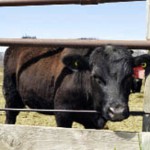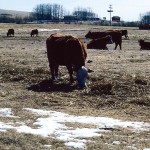The World Health Organization’s “Antimicrobial resistance: global report on surveillance” was released this spring. The WHO’s report was quite comprehensive and well balanced, compared to much of the media attention that regularly swirls around this issue. Antimicrobial use leads to increased antimicrobial resistance in bacteria. The misuse or overuse of antimicrobials in human or animal […] Read more








